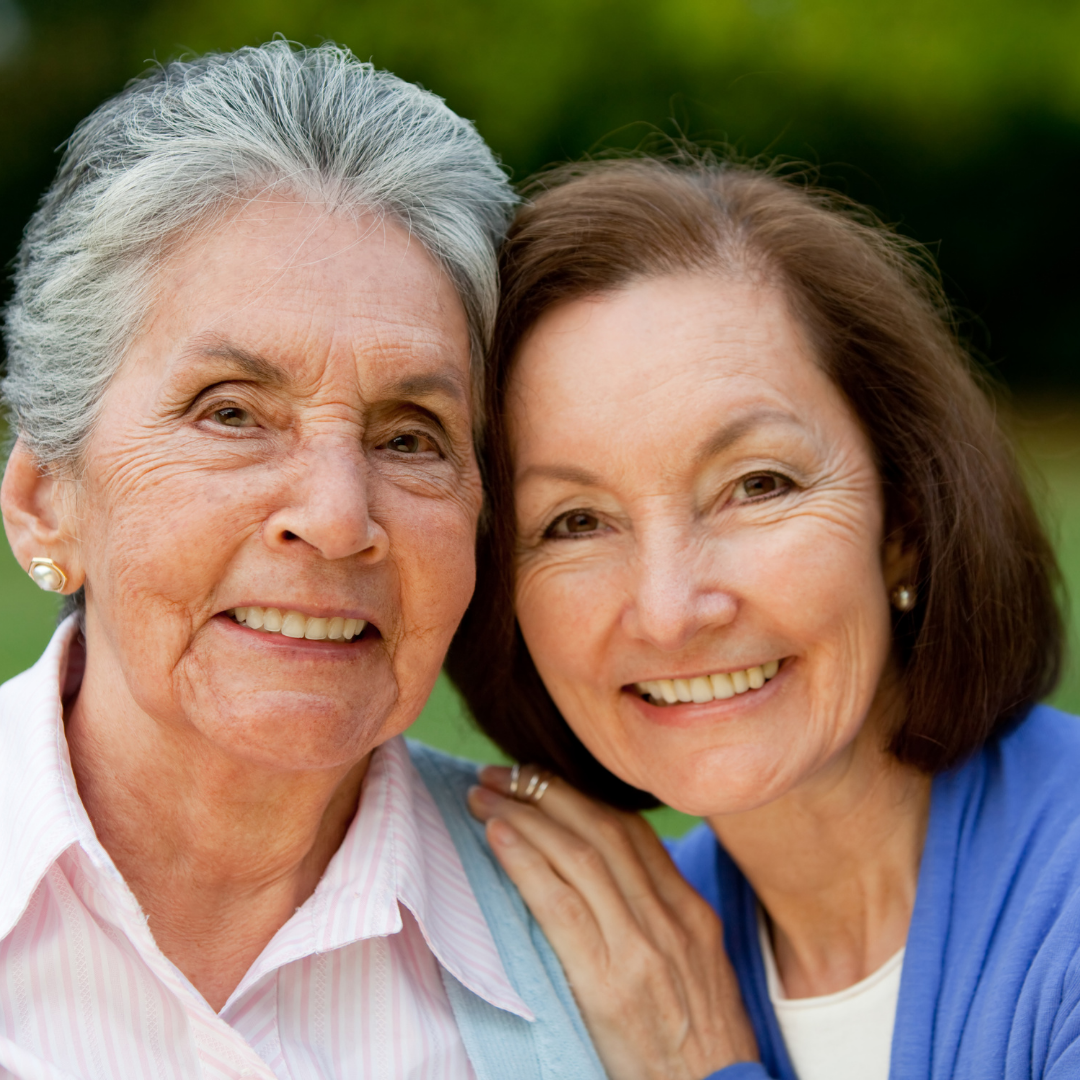Menu

How do you know your senior parent could benefit from switching to adaptive clothing?
For many adult children, the signs aren’t always clear. And, to be fair, in the grand scheme of caring for an elderly family member, what they’re wearing might not seem like the most important thing.
But for a parent struggling with reduced mobility, arthritis, palsy or cognitive issues, the daily frustration of dressing in conventional clothing can be wearisome. It can take several exasperating minutes to do up a few shirt buttons, or multiple tries to get a good enough grip on a small zipper to pull it up.
As a result, many seniors find workarounds for their dressing frustrations, leaving clues that you can see that might indicate a switch to adaptive clothing should happen.
While everyone has their favourite sweater or pair of pants, if your parent is wearing the same outfit or same clothes every time you see them, it could be because it’s the only thing in their closet they’re comfortable donning each morning.
This is especially evident if your parent seems to always be dressed in bed clothes or robes when you visit. Loose pyjamas, nightgowns, bathrobes and slippers are on the easy side of the clothing spectrum and so elderly people who are having trouble dressing may gravitate towards them on a daily basis.
This is more obvious in the winter than the summer, because Canada’s cold winter months essentially demand that we wear layers if we’re leaving the house.
Layers can be a problem for people who have trouble dressing, as can the zippers in winter jackets and boots. Similarly, while women’s skirts are certainly easy to don, they aren’t always practical in the winter, especially without hosiery.
If you notice that your senior parent is wearing lightweight clothing or avoiding winter layers when the temperature dips outside, it could be a sign they’re having trouble dressing.
This seems a rather obvious sign, but can show itself in subtle ways. Your elderly mother may constantly wear a cardigan but doesn’t do up the buttons. Or your senior father may wear zippered pants without doing them up (perpetually “flying low” as they say). Shoes with laces may show signs that they’re being slipped on and off instead of being laced and unlaced.
While none of these are definitive, if they seem to be a common occurrence or appear in combination with one of the other warning signs listed here, they could be a sign that your parent could benefit from a switch to an adaptive clothing wardrobe.